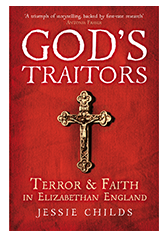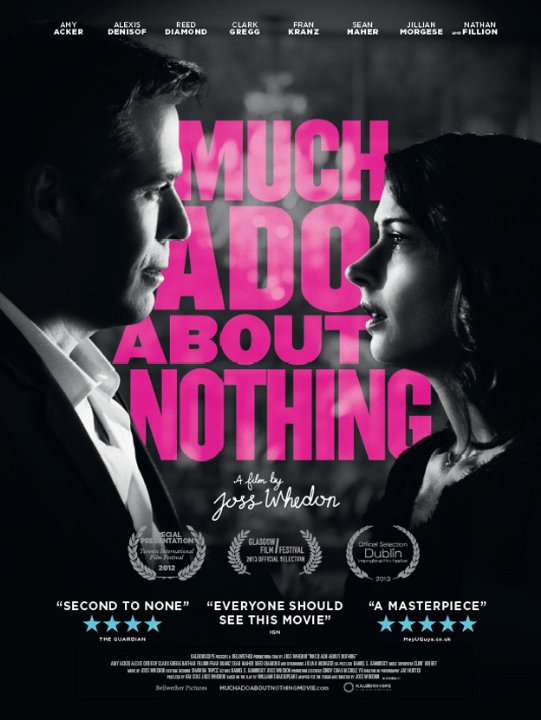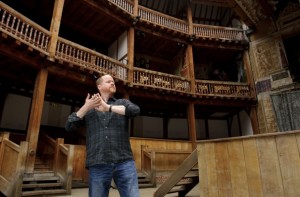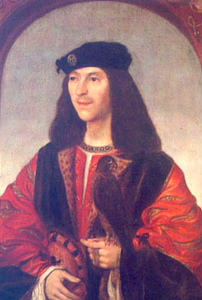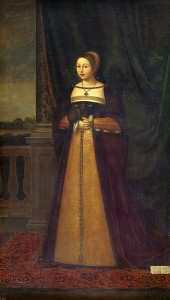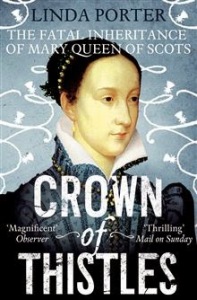It seems as though the name of my blog was indeed prophetic. Ever the Same – not posting. If I had a more solid YouTube presence, I would be soliciting punishments from my viewers to atone for my lack of posts.
Luckily for me, that is not the case. Huzzah, a lack of popularity can be a benefit!
So why am I not posting?
Currently, I am in the process of getting my classroom ready for the next semester. As an early child hood educator, that means a lot more than just lesson planning. I am configuring possible rearrangements of the furniture in the room, compiling student staff schedules, creating anecdotal record summaries and developmental growth charts for all of the children in my classroom. This is after completing my room’s NAEYC portfolio.
For those of you who are not involved in Early Childhood education, NAEYC is the National Association for the Education of Young Children and they are an independent organization that provides accreditation for children’s centers. To earn this accreditation is a very involved process and not every center can earn the distinction of being a NAEYC center. UWM Children’s Learning Center, where I currently work, has held NAEYC accreditation since it started operations over 40 years ago.
Part of the process is at the room level (there are many levels to this within the center) is to create a portfolio of artifacts and explanations which demonstrate to the NAEYC assessors how our program, and specifically our room, meets all of the criteria that NAEYC sets down. Something new for this year is that the portfolios can be created, saved, housed, and submitted digitally. Ours lives in the Cloud. I believe that ours, as an Infant and Toddler room, has to demonstrate how we meet over 60 criteria. Some rooms, the Infant rooms, have less criteria to complete. Others, like the Kindergarten rooms, have almost 100.
Because our portfolio is digital, I get to have the pleasure of completing the Sisyphean task solo. Not a problem, and honestly, I’m looking forward to what I get to do with my room next semester. Even if it’s exciting and fun that doesn’t mean it’s not time consuming. It’s taken up quite a bit of my bandwidth in terms of energy and mental capacity. This, combined with graduate school applications, has taxed me quite a bit and when I get done with the work day I am basically a zombie.
Only now as we get closer to the New Year, am I gaining some of my energy back. I’ve been chatting with my undergrad supervisor and found a fantastic list of books that he’s using for a class this year that I am going to be buying and reading on my own. I need to stay in touch with this world. I try to on my Twitter, so far, it’s been a fairly successful endeavor. One that I don’t have to carve out time for daily as it neatly fits in with my morning commute.
Currently, as my grad school apps are all in and I am awaiting my judgments, I am working on writing a little something on the Rose of Versailles and as soon as I am done with it, a review on John Guy’s biography on Mary Stuart. I’ve also ordered Mark Kishlansky’s abbreviated biography on Charles I, which I am excited to read!
For now, I will most likely maintain a reading interest in Stewart/Stuart history, and I’ve been toying around with a few ideas for possible MA theses/PhD dissertations. We’ll have to see what happens, it all depends on where I am accepted! Wish me luck!
For now, I’ll sign off – I just wanted to post to remind myself that I can and that I am not dead online.
Happy Holidays!

